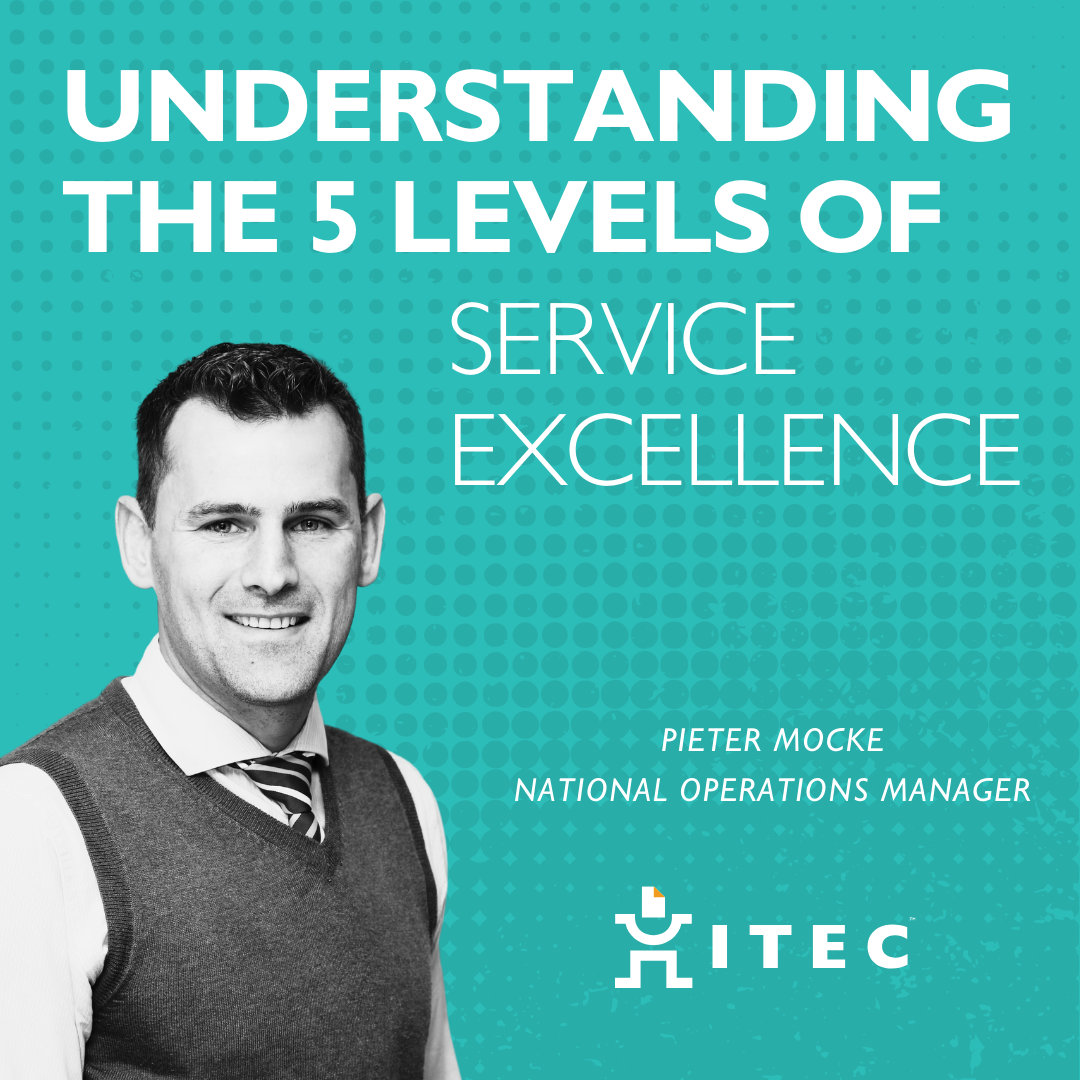Embracing UC to drive employee engagement
The pandemic forced organisations to move outside their comfort zone and rethink how they measure the performance of employees. In today’s world the focus is on outputs and the value individuals provide. This has also seen Unified Communication (UC) becoming a critical enabler to the hybrid work environment providing employees and companies new opportunities to grow.
Of course, it is not a perfectly unified world yet when it comes to communications. People use different platforms and solutions. The challenge is how to integrate these and create the ability to get hold of someone using a singular number or even URL. It is difficult to make such a fundamental change considering how much investments have already been made in legacy solutions and infrastructure.
Another obstacle is how companies manage people, operational processes, and the effectiveness of UC solutions, if they are not measuring these aspects properly. It comes down to how the business pain points are being addressed while planning for long-term growth. Whatever is done today must be done as the means to add value. It is about optimising how people spend their time and how technology can help enhance business objectives.
UC for Integration
UC can certainly provide for a more efficient way of working especially when it integrates with existing solutions. But to do this optimally, companies need to accelerate their transition to the cloud. On-premise data centres must be complemented by a cloud platform. Managed Business Services will provide organisations with the means to enhance value while remaining compliant with regulatory requirements.
UC is therefore not about ripping out and replacing the traditional PBX or forcing organisations to overhaul communications by moving everything to the cloud. Instead, it is about how to enhance the solutions that have already been put in place. With the right technology in place, a company can achieve this. In this instance, the right partner who takes the time to understand the unique requirements and objectives of the business will be crucial.
Author: Hannes Van Der Merwe
Group Product Manager – ItecGroup South Africa
Such a partner can assist the organisation to enhance the customer experience through strategic interventions across the technology real estate. UC forms a critical component of this as it also helps business and technology leaders better navigate the hybrid work environment.
Being Flexible
Throughout the UC integration process, it is important to remain flexible and adapt to the ways that people can work the most efficiently. For instance, if the UC environment makes things too complicated, employees will not use it.
This is where a vendor like Mitel comes in. With solutions designed for the larger business, Mitel provides a software-driven approach to communications. Given the global semiconductor shortage impacting on hardware shipments, a software-first way of UC ensures companies do not experience any delays in transforming their communications environment. They can therefore focus on the business objectives instead of being stuck in the nuts and bolts of the systems being used.
A Return to Engagement
Companies need to embrace UC to remain engaged with staff, especially at times where they work from virtually any geographic location. Building engagement is as much about the technology being used as it is about changing the traditional mindset of what it means to be productive.
Employees can no longer be measured by just sitting in an office from 08:00 to 17:00. They should be evaluated based on what they enable the organisation to accomplish. UC is about what works for the organisation and how it keeps the company efficient. Once decision-makers realise this, then they will be more likely to embrace the positive disruption that will come from UC.











